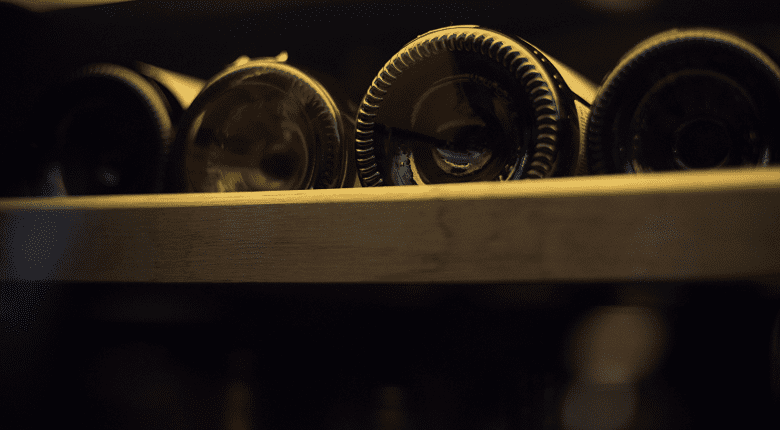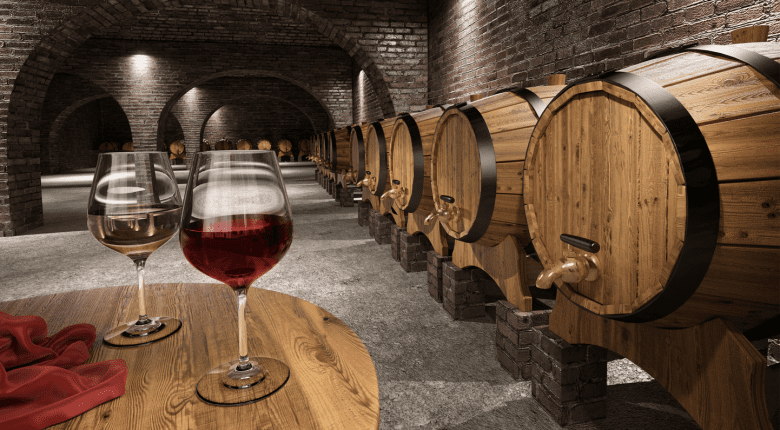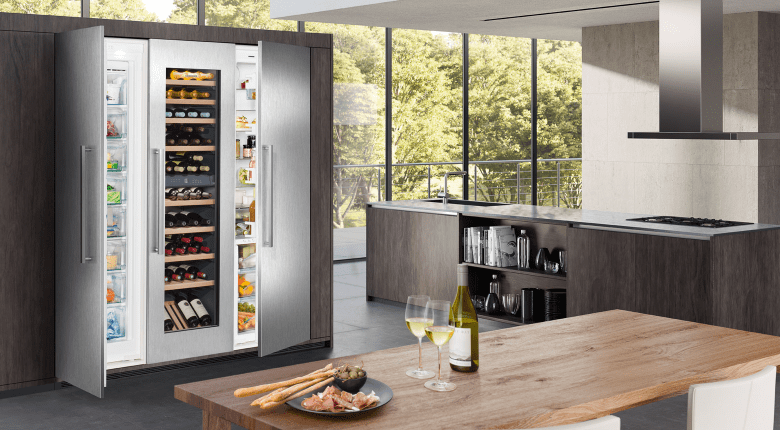Do you have a collection of fine wines? Perhaps you are something of a wine enthusiastic and looking to build up a selection? How to store wine, especially fine wines that mature with age, is key to making the most of your prized collection.
You may already be aware that wine should always be stored in a cool, dark place such as a wine cellar – but many homes don’t have this option. You might also be wondering: ‘well, just how important is wine storage anyway? I’ll just put them in my wine rack in the kitchen’. In this article I will take you through the most important aspects of wine storage, including the effect of wine’s storage temperature on taste and how UV rays can spoil wine surprisingly quickly.
Do all wines improve with age?
The ageing or maturation of wine in the bottle is something of a mystery. Wine is a food product that – aside from a few milligrams of sulphur – contains no preservatives and can sometimes be kept for years, decades even, without spoiling. Extended storage can, of course, improve some wines. But we can’t generalise this topic because, although there are wines that taste great after a hundred years, they are rare exceptions. Most of the wines produced for everyday consumption will maintain their quality for a certain period of time, but will certainly not improve.
The wine maturation rate
Yet, regardless of the ageing potential of a wine, the same rule of thumb applies to all: the cooler the storage temperature, the slower the ageing process. This maturation rate can be roughly calculated using the Van’t Hoff equation from the world of chemistry (and, at the end of the day, wine maturation is nothing more than chemistry!). So, within the temperature range in which wine is usually stored, this equation tells us that a 10°C rise in temperature will increase the maturation rate by a factor of 2 to 3. That’s the theory anyway!
Does storage temperature affect the taste of wine?
But, what actually happens in practice and does the storage temperature have any discernible impact on the wine’s taste? The Norwegian Food Research Institute conducted an interesting experiment to establish this. Several identical bottles of a Chilean Cabernet Sauvignon were stored at four different temperatures (5°C, 10°C, 23°C and 31°C) and regularly sampled by specialists. After six weeks storage, there was barely any difference between the bottles. After six months, however, there was a clear decline in the fruitiness of the wine stored at 31°C and the signs of ageing were obvious. After 12 months, these same effects were also very evident in the wine stored at 23°C, i.e. standard room temperature.
Wine cabinets offer perfect storage conditions
From this research, it is safe to say that a wine rack in the kitchen is perfectly suitable for storing bottles for a few days or even weeks. However, if you want a wine to retain its quality over several months, it really needs to be stored in a cellar at a storage temperature of between 10°C – 14°C. If you don’t have a cellar, a wine storage cabinet is the perfect alternative, offering a more stable environment as well as degree-precise temperature control.
More detailed information: What temperature wine should be stored at?
The damaging effect of UV rays on wine storage
Wine is one of the few consumables that can be stored for many years, decades even, and improve in quality over that time. On the other hand, a few seemingly harmless rays of light can adversely affect this seemingly stable liquid; a wine’s fruitiness will deteriorate under the influence of light, in a relatively short period of time.
Numerous scientific studies have been conducted to investigate the effect of light on wine and they all highlight the immensely damaging effects of short wave UV radiation. Notably, in 2007, the prestigious Geisenheim University, in the Rheingau region, published a study that showed that the flavour of white and rosé wine stored in clear glass bottles can deteriorate significantly after only four months exposure to light. Storage in brown glass bottles offered protection from deterioration under normal lighting conditions but, under conditions of intensive light exposure or longer storage, deterioration was again apparent.

So the message is clear: if you don’t have a dark cellar where you can store your wines, you should seek alternative UV-protection for your valuable stores; and especially protection from the high-energy radiation emitted by fluorescent lighting, which can have an appreciable effect on wine quality in a relatively short period of time. Liebherr’s wine storage cabinets offer the perfect solution: their doors on are fitted with UV-protection glass.
How do you store your wine? Have you noticed a decline in wine’s taste after storing it for weeks in your wine rack? Do let us know – get in touch with us on Facebook, Twitter, Instagram or Pinterest.

